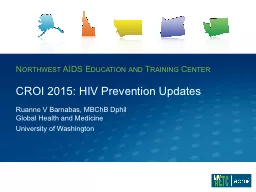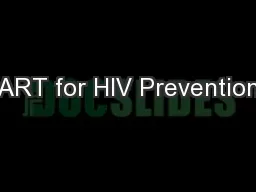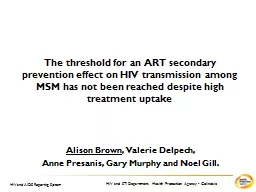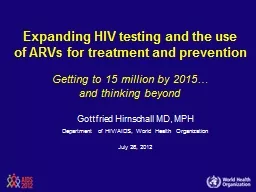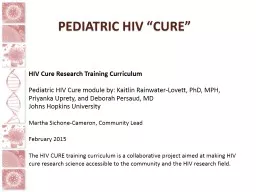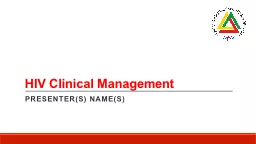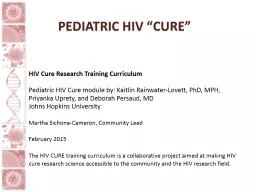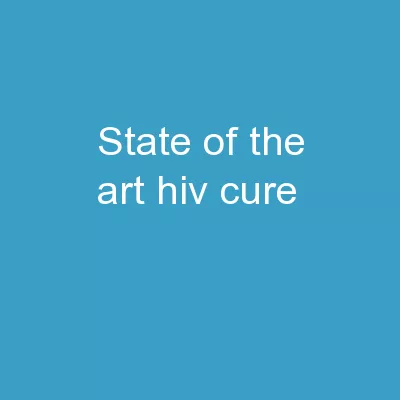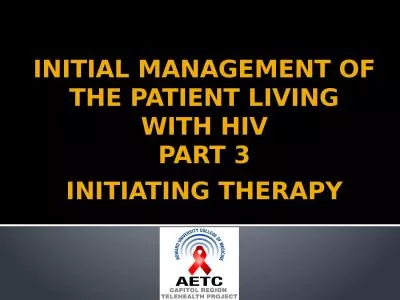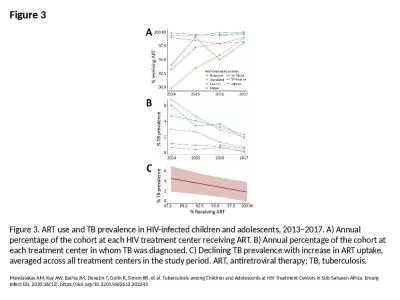PPT-The ART of HIV Management:
Author : briana-ranney | Published Date : 2020-04-04
An Antiretroviral Therapy Review Sarah Pérez PharmD PhC BCACP AAHIVP Disclosure The speaker has no actual or potential conflicts of interest in relation to this
Presentation Embed Code
Download Presentation
Download Presentation The PPT/PDF document " The ART of HIV Management: " is the property of its rightful owner. Permission is granted to download and print the materials on this website for personal, non-commercial use only, and to display it on your personal computer provided you do not modify the materials and that you retain all copyright notices contained in the materials. By downloading content from our website, you accept the terms of this agreement.
The ART of HIV Management: : Transcript
Download Rules Of Document
" The ART of HIV Management: "The content belongs to its owner. You may download and print it for personal use, without modification, and keep all copyright notices. By downloading, you agree to these terms.
Related Documents



